I can remember my first big breakup. It was gut-wrenchingly painful. I was twenty-two years old and very much in love. We had been together for nearly five years, which at that age felt like a lifetime. My mother had become very ill a few years prior and she was no longer able to parent. The roles were suddenly reversed and I had become the caregiver.
Over the course of those years I transferred my sense of attachment, our innate inborn drive to connect to another human as a reliable source of love, to my girlfriend. I didn’t know I was doing it at the time, but when it ended suddenly and painfully I felt my secure attachment, which included my sense of safety in the reliability of love, ripped away and I was faced with a terrifyingly brutal reality; at any moment love can disappear.
Now, this is not entirely true. Love is actually all around and within us, however to many, and certainly to my twenty-two year old self, the experience of love lost feels devastating. I can remember staying up all night sitting on the couch just crying and shaking uncontrollably. I had never felt this much pain and confusion in my life. I so desperately missed the safe secure feeling of being completely at home when I was around her and I was taken by surprise by this new harsh reality. As the weeks went by I began to search for some sort of understanding, something I could hold onto in the midst of such pain and confusion. I was forced to face myself. I began to see the places where I felt a sense of lack and where and how I looked to another to create a sense of wholeness because I didn’t feel whole. It was a very painful but worthwhile journey for me to fully let go. I had to cut the cords of attachment I had built, grieve the immense loss of companionship and love, and come to terms with this new reality of love lost. I eventually did. I came out the other side stronger and wiser, but it wasn’t easy at all and it definitely left a scar.
This formative experience has stuck with me. It has helped me to have great compassion for others going through the experience of losing a partner or a parent. I have wrestled with this experience of love lost and delved deeply into both the realms of psychology and spiritual practice seeking to reconcile and make sense of such devastation. Though I am still learning and growing in this area, the following is what I have found to be the most helpful resources in aiding someone to more easily pass through the experience of love lost and coming out the other side transformed.
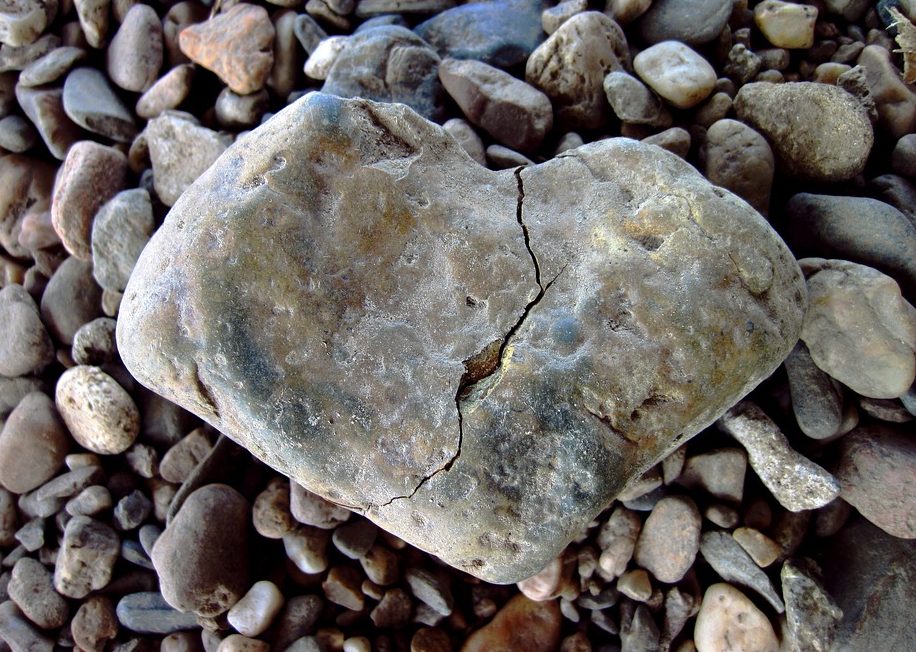
The Attachment Drive: A Key to Navigating a Breakup
To begin to comprehend why breakups hurt so much and how to navigate the intense grieving process that follows, it is helpful to have an understanding of attachment.
Attachment is the drive to form a strong emotional bond between infant and primary caregiver that ensures the infant’s survival. The attachment cycle occurs when the infant expresses a need, through screaming, crying, gesturing, etc, and the primary caregiver either meets the need, or not. In order to meet the need of the infant the primary caregiver must show up consistently and reliably in a state of attunement—the primary caregiver’s ability to be present, open, and loving enough to tune into the their child’s emotional states and needs. When attuned, the caregiver is able to meet their child’s needs sufficiently, all of which fall under the broad categories of food, touch, and movement. When a child’s needs are sufficiently met (think about 60% of the time) in the first few years of life, they come to the unconscious conclusion that they are held in love and the world is OK and they are OK in it. Here we could say that secure attachment is happening when the child feels safe and loved enough to decide that there is a place for them in a basically stable and good world, which is capable of meeting their needs. Though the world at large may at times be unstable and unsafe, the creation of an inner sense of safety and security is essential to psychological well being. Secure attachment also helps promote psychological resilience, a quality that allows an individual to cope with difficulty and tragedy and bounce back stronger and wiser.
If the child’s needs are not met sufficiently they develop coping strategies, observed through patterns of behavior, that form into several different styles of insecure attachment known as anxious attachment, avoidant attachment, and disorganized attachment. The first two coping strategies serve as a means for the child to attempt to meet their own needs in a basically unstable and unreliable world. The last, disorganized attachment, is thought to occur when coherent coping strategies fail. In a study done in 1987 by Dr. Phillip Shaver and Dr. Cindy Hazan it was postulated that approximately 60% of Americans are securely attached. However, regardless of whether someone emerges from childhood securely or insecurely attached, we all have attachment wounds—those times when as an infant our needs were not met and we felt terror in this temporary abandonment. It is important to understand that, whether we are consciously aware of it or not, we all seek to heal these wounds as adults in our intimate relationships.
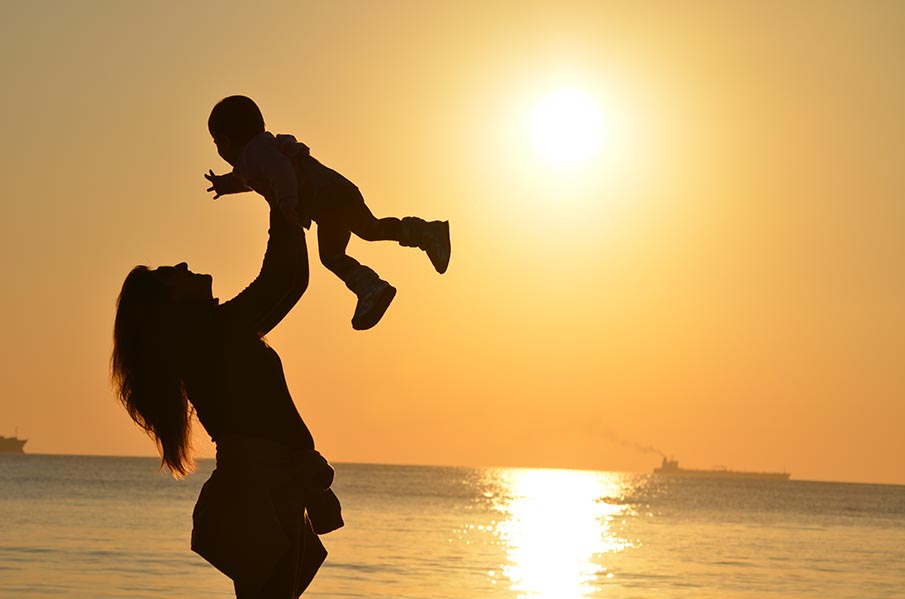
Attachment is a genetically hardwired drive. This bonding occurs, at least on a biological level, to ensure our vary survival as infants. This is one reason why we may experience anxiety, fear, and even terror when faced with the loss of an intimate relationship; to the infant attachment is a matter of life and death, and the imprint of this fear still lives within us. Also, it is not only more insecurely attached people that struggle with the loss of a relationship. Contrary to what one might think, sometimes securely attached individuals at first feel more fear and grief with the loss of a partner or parent than insecurely attached individuals. However, despite one’s attachment style, the deep pain and grief experienced with the loss of a primary relationship is universal because the attachment drive and attachment wounds are universal.
The good news is that as adults we can heal our attachment wounds both on our own and in the context of a strong and committed intimate relationship.
Repairing Attachment in Relationship
As adults the attachment cycle looks very similar to that of an infant. We must honestly express our needs and have those needs met by another lovingly attuned person. As we begin to express our deep needs for love, belonging, connection, etc, we also begin to open to greater levels of trust and safety with our partner. We begin to do this as we are learning that they can meet our needs and it is safe to express them and show more of ourselves. As safety and trust develops, deep wounds of distrust and fear surface in order to be felt, held, and healed. If our partner continues to show up in a consistent, reliable, and loving way, our attachment wounds start to heal and we develop a deep bond as well as a sense of ease and trust within.
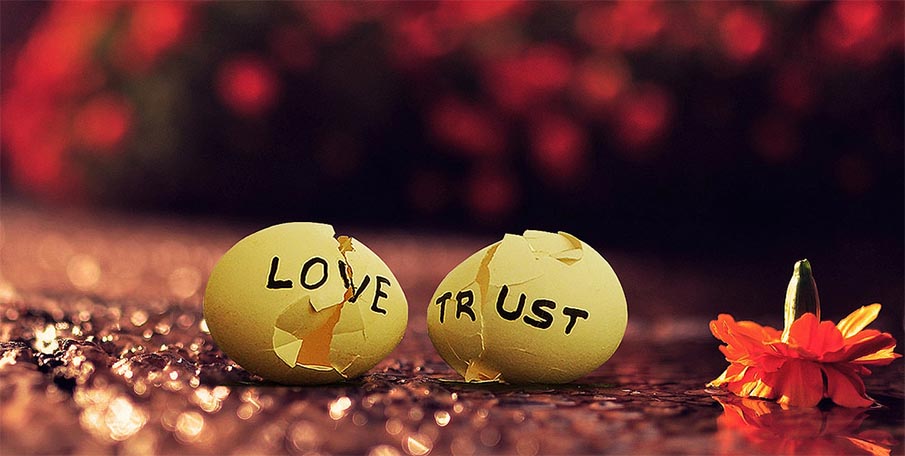
Another way of describing adult attachment repair in relationship is the process of going through a difficult time together and coming out the other side OK. Contrary to what might seem like common sense, conflict can strengthen relationship. Going through something difficult together and staying present and available for connection, and making it through together, has the power to heal deep attachment wounds of abandonment and mistrust. For more information on how to heal attachment wounds in relationship, I suggest checking out Stan Tatkin’s Psychobiological Approach to Couples Therapy (PACT), explained in detail in the book Wired for Love.
Beginning to heal our attachment wounds not only means that our relationships can go more smoothly and contain more love, but it can drastically alter someone’s worldview and experience of reality. Having a deep sense that the world is safe and that you have a place in it feels good and it provides the solid foundation to be able to continue to explore and share new parts of who you are. No matter where one might fall on the attachment spectrum, the truth is that we can all benefit greatly from healthy attachment relationships as adults. However, when and if these relationships end, we experience great pain and confusion . . .
Why Attach At All?
Given just how much pain, grief, and in certain circumstances trauma, the end of a relationship can bring, you might be asking yourself, “Why attach at all? Why go through the trouble of opening and becoming vulnerable and trusting another with my heart if everything ends in pain? Does the love we feel in relationship balance out the pain of loss?” These are not trivial questions. In some ways our biological drive to attach appears to be at odds with reality. Though having a foundation within us that feels stable and solid helps greatly, we still live with the reality of impermanence everyday. To varying degrees we are all in denial of the fact that at any moment we can lose our job, our house, our car, our partner, or our child and our very life. All things and all relationships end in one way or another, and when we die we can take nothing and no one with us. How does this reality coexist with our attachment drive and our yearning to create lasting bonds and love and be loved? This is where I turn to spiritual practice and the wisdom of the ages, for a purely psychological understanding may not be enough.
Disclaimer: If you consider yourself not to be spiritual or religious this next section may not be for you. Feel free to skip ahead. However, if you are open to it, I encourage you try reading this next section with an open mind and know that I speak from personal experience and do not wish to push my beliefs on anyone. I merely present them as an offering.
Turning Toward Spirit
 In one sense, all attachment wounds can be thought of as pointing toward and stemming from the original and universal wound of separation from love and spirit; some would use the word God. Attachment wounds also reverberate deep within. The loss of my first love brought up all the pain associated with the loss of my mother, and the loss of my mother pointed me back to the loss of The Mother, the pain of the separation from divine love and my very essence.
In one sense, all attachment wounds can be thought of as pointing toward and stemming from the original and universal wound of separation from love and spirit; some would use the word God. Attachment wounds also reverberate deep within. The loss of my first love brought up all the pain associated with the loss of my mother, and the loss of my mother pointed me back to the loss of The Mother, the pain of the separation from divine love and my very essence.
The ache of this original separation is truly the most painful thing one can feel.
Many traditions speak of the process and necessity of forgetting our origins as spirit incarnate when we came into form in order to exist in the material plane. The spiritual journey is often depicted as a remembering of the true self and of a returning home. I see our true nature as one of great love, peace, and joy yet we live in a world of great pain and suffering, a world of forgetting and ignorance, and a world of so much separation from love. To varying degrees we cover over our true nature with thick layers of defense in order to try to cope with a very painful and uncertain world. If we received very skillful attachment parenting and largely avoided trauma in our lives then perhaps we have less layers, but we still have them, simply as the result of living in material existence. What my spirit knows to be true is a reality of unlimited all encompassing love that never leaves. However, what I experience as a human being is at times being totally cut off from love and feeling lost in a world of great suffering. You may be wondering, “How can the two be reconciled?”
I have come to understand and trust that our deep need to attach and bond with others is not at odds with reality, but in fact points toward a larger and more true reality, one in which we are all connected and where love never leaves because it is who we are. Seeking experiences of this hyper-reality can be incredibly helpful when going through the loss of someone we love. We can cry, we can scream, we can pray, and above all we can ask for love and support, we can ask to know and feel this deeper reality where all are one. Then we must let go, soften, and allow the love in, until we eventually come to know ourselves as love.
Psychology and Spirit: A Transpersonal Approach
The field of Transpersonal Psychology—”Trans-Personal” meaning beyond the personal ego—approaches human health and wholeness through the belief that psychology and spirituality are most potent when brought together. Feeling all your feelings of hurt, pain, anger, and despair to the core and expressing them helps clear a space inside you to let in the love that is all around you. This love comes from spirit but it also flows through other people, and in the letting go process you may find yourself more open to loving connections with the people in your life. As much as you can,
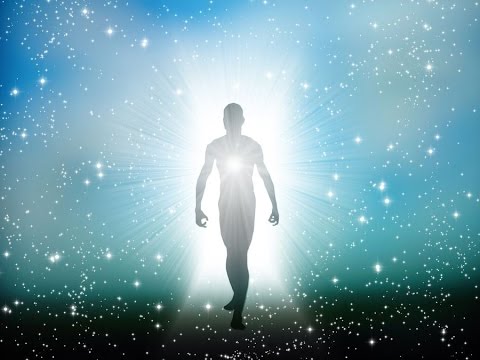
embrace the opening that surrendering to the pain of loss creates in your heart. This is yours. It is your heart that is breaking open, and in this breaking and stretching more room can be created to love.
A breakup also forces you to face yourself and all the places you may feel broken or less than whole. It is a time to reevaluate and correct the course of your life if need be. It is also a time to look within instead of to another for strength and wholeness. By all means open to the love around you, but don’t forget to open to the love, strength, and joy within. It is a time for you to invest in yourself and your healing. This way you can come to the next relationship, if you so choose, with your whole being. The other can compliment you and your life greatly but there is no need to complete you because you are already whole.
Embracing All The Parts
An understanding of how the parts of our psyche function, specifically our inner children, is extremely helpful during a breakup. I have at times come into contact with a young part of me, as well as within many of my clients, that is totally freaked out by the prospect of losing the person we share an attachment bond with. In dealing with the loss of a partner you may feel intense fear and anxiety showing up in your body, making your stomach churn, your heart race, and your chest clench. In these moments it is often best to slow down, acknowledge the scared child within you, and to comfort and reassure him/her, much like a parent would. You may want to place a hand on your belly and another on your heart and speak to this child either out loud or in your mind, and say something like, “I see you and I know that you are hurting and scared. I want you to know that I am not leaving you and that you are so loved. Love is actually all around you.” It might be hard to fathom, but you can actually show up for yourself as your own attachment figure and repair the attachment wounds within you.
Studies involving the brain scans of mothers and infants and experienced meditators show a strikingly similar brain activity pattern. This is because an attuned parent and infant engaged in the attachment cycle, and a person practicing mindfulness meditation, are actually involved in quite similar processes. Both require presence and kindness and both involve being deeply attuned to either ourselves or another’s state of being. What this means is that meditation can actually help greatly during a breakup because it is compassionate time spent attuned with yourself. If you are an experienced meditator I suggest including time for a more free-flowing form of meditation during a breakup, one that allows a lot of room for feelings to be felt. You may even want to put on some music that evokes certain feelings while meditating to help you access them and let them move. The act of allowing yourself to be exactly as you are no matter how much it hurts is a great act of self-compassion. It builds trust for the desperate fearful parts within us all when you show up for yourself with kindness and compassion to meet your own needs. For more introductory information on meditation, see my post Your Brain on Meditation.
Transpersonal psychology also stresses that we have access to spiritual support that we can lean on. If we visualize the self like a solar system with the Central or Adult Self as the sun and all the other younger less integrated parts orbiting around like children. The task of the Central Self is to parent and show up for the younger parts, but who shows up for the Central Self? A committed partner can certainly help play this role, as outlined in PACT, however if this person is no longer available, whether permanently or just in that moment, we must dig deeper. Going deeply within and sincerely asking for help and support from spirit, love, God, the divine, is a powerful practice. You can do this either within the context of a meditation or yoga practice or simply on it’s own when you do not know what else to do.
Final Thoughts
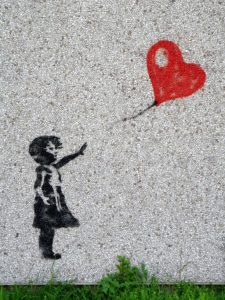 When going through a breakup or losing any attachment figure you might wonder if something is wrong with you, that it shouldn’t hurt this much, and that you should be able to stop crying and go about your life. The letting go process can feel very lonely and isolating and it is important to remember that it is normal to feel a lot of pain and grief with the loss of a primary attachment relationship and that this is actually a universal experience. Taking the risk of becoming vulnerable and reaching out for love and support from the community around you can be very healing. You may find that the person you are reaching out to understands your pain more deeply than you first thought.
When going through a breakup or losing any attachment figure you might wonder if something is wrong with you, that it shouldn’t hurt this much, and that you should be able to stop crying and go about your life. The letting go process can feel very lonely and isolating and it is important to remember that it is normal to feel a lot of pain and grief with the loss of a primary attachment relationship and that this is actually a universal experience. Taking the risk of becoming vulnerable and reaching out for love and support from the community around you can be very healing. You may find that the person you are reaching out to understands your pain more deeply than you first thought.
If you continue to struggle with your loss for many months and feel like something is stuck in the grieving process, or simply want a greater level of support, going to see a therapist who understands the attachment cycle and how to work with adult attachment repair can be very helpful. If you are going through the experience of love lost I encourage you to reach out for all types of support in this universally painful experience. Great growth and transformation toward wholeness is possible in the midst of the hurt and despair. I wish you well on your journey.
Warmly,
Dan Entmacher M.A., LPC
photo credit: Jangra Works Broken Love and Trust via photopin(license)
photo credit: Shawn Harquail Dashed hopes via photopin(license)
photo credit: x1klima Woman and Grief via photopin(license)
photo credit: x1klima Woman and Grief via photopin(license)

